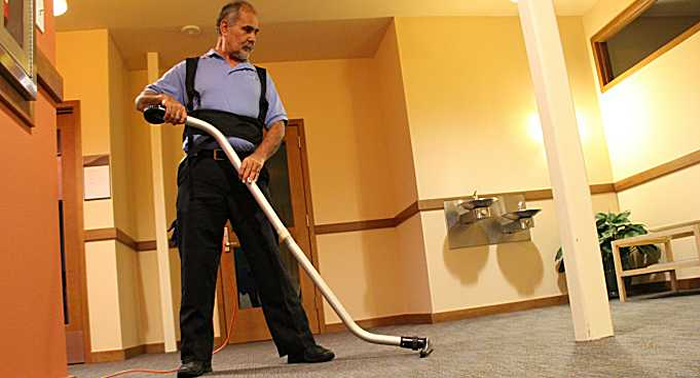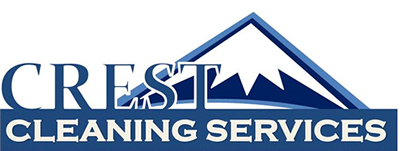

Renton Janitorial Services
Overview of Our Professional
Renton Janitorial Services
Your particular home or office is unique, and because of this you need personalized attention from the Renton janitorial services company you choose. From washing windows to cleaning floors and carpets, attention to detail is at the heart of how we approach every janitorial service Tukwila based job.
Attention to detail is vital when it comes to selecting Renton janitorial services, because the little things are always what stand out most when you have guest over to your home or clients meeting at your workplace. Our Renton janitorial service experts are experienced in variety of cleaning services that include:
- Carpet Cleaning Service – We deep steam clean carpets according to manufacturer’s recommendations
- Commercial & Industrial Floor Buffing Service
- Commercial & Industrial Floor Stripping Service
- Commercial & Industrial Floor Waxing Service
- House Cleaning
- Office Cleaning & Renton Janitorial Service
- Pressure Washing Service
- Window Cleaning Service
Crest Renton Janitorial Services Experts
You’re Renton office building or retail space must be clean if you are to be successful in the marketplace. When you hire a professional Renton janitorial service based company to keep your office space neat and clean, you shouldn’t even be aware that it’s been cleaned when you first walk in the door in the morning. We believe that the best endorsement of our janitorial care is when our Renton clients notice that cleaning has even been done.
Worry free Renton janitorial services is what we do best at Crest Janitorial Services. Contact us today at (206) 902-0427, schedule a service appointment, and give us a try. We are certain that you won’t be disappointed in our professional Renton based janitorial company, or the quality of our service.

About Renton WA
For over 100 years, the community of Renton has been a manufacturing center in the Pacific Northwest. The community is located next to the shores of Lake Washington, 15 miles southeast of Seattle. The community has been the center of numerous transportation corridors from rails to skyways and rivers to highways, over the years. The Duwamish Indian tribe had a village at what is currently known as Renton, close to the confluence of the Cedar and Black Rivers, long before white settlers arrived in the region. The Black River carried the runoff into the White River and the Cedar River flowed into Lake Washington from the southeast. The White and the Black Rivers merged into the Duwamish River, which flowed northwards towards Seattle. As the result of some human engineering, this configuration was changed much later. However, at the time the rivers were important avenues and resources of commerce.
In 1853, a claim was staked by a man named Henry Tobin after paddling up the Duwamish River and seeing the confluence of the waters. Lake access offered potential for all types of business opportunities and the running waters were a great location for a mill. Settling next to Mr. Tobin was a man named Dr. Bigelow, who discovered a seam of coal on his property. Mr. Bigelow and Mr. Tobin were in business and timber for the coal mines was provided by the mill that was constructed.
Never having seen one before, the Indian were at first fascinated by the mill. However, it wasn’t long before the way of life of the Indians was interrupted by the influx of pioneers into the area. In what became known as the Indian Wars, some of the tribes started to fight back. During 1855, these Indian Wars only lasted for a few months and ceased when all of the Indians within the territory were resettled.
Some pioneers were driven away and the mill was burned down during the short war. Mr. Bigelow left the area after some warriors in the Cascade Mountains killed some of his backers and Mr. Tobin passed away from ill health. Somebody else would have to cultivate their dreams of success. A landowner named Erasmus Smithers met Mr. Tobin’s widow, named Diana. She still owned the patent on the claim that her husband had made. They were soon married, and wound up owning nearly 500 acres of land between. In 1875, Mr. Smithers filed the first plat for the community of Renton and more pioneers started relocating into the region.
A Captain William Renton, who, some years earlier, had established the Renton Coal Company, was the namesake of the small community. He had bought the mine from Mr. Smithers and could expand it even further because he had the backing financially.
Although access to the rivers and lakes permitted Renton to be the center of the local coal industry, there were other coal mines in the mountains and hills east of Renton. Renton became one of the first communities in the outlying area that was connected by a road to Seattle as the result of the need for better routes for transportation due to all of this activity. Renton was also a center for the railroad by the late 1800’s.
Renton was a center for commercial activity as a result of the productive agricultural land in the river valleys. Other industries included a glass making factory, tile and brick plants, lumber mills, and a cigar factory, and tile and brick plants. In many ways, Renton was a prosperous community by the early twentieth century.
The year 1901 brought the incorporation of Renton as a town. As a result of the heavy industry, Renton had been known as a rather rough community earlier. There weren’t any churches and nine saloons in 1885. Incorporation resulted in a more civilized and organized community. There was a bank, newspapers, schools, and churches by 1910 in the community. The Chamber of Commerce called the community the Town of Payrolls because more lumber companies were built and there was also an icehouse and a bottle factory.
In 1916, Renton experienced a change in topography. That was the year that the Montlake Cut was completed providing a canal between Lake Union to the North and Lake Washington. The water level fell in Lake Washington by approximately nine when the waters merged. As a result the Black River dried up and was never seen again.
Although the future of Renton was still bright, coal mining had begun to dwindle by this time. The Interurban rail permitted Renton to offer a bedroom community for the workers and their families in Seattle. The roads were continually being improved. Renton even experienced moderate expansion, even during the Great Depression.
Following the end of WW II, the men returned home and reclaimed the jobs that the women had held during the war. The slowdown was only temporary, although much of the military work was gone. Boeing started developing jet transportation within a few years. However, in the meantime Renton received millions of dollars in federal funding to be spent on infrastructure work such as street repairs and housing. Renton was ready to meet the challenge when Boeing became part of the jet age.
These days, other industries including are still pumping millions of dollars into the local economy. During the past century, Renton has transformed into a center of rail and roads and into the skies from a confluence of waterways.





